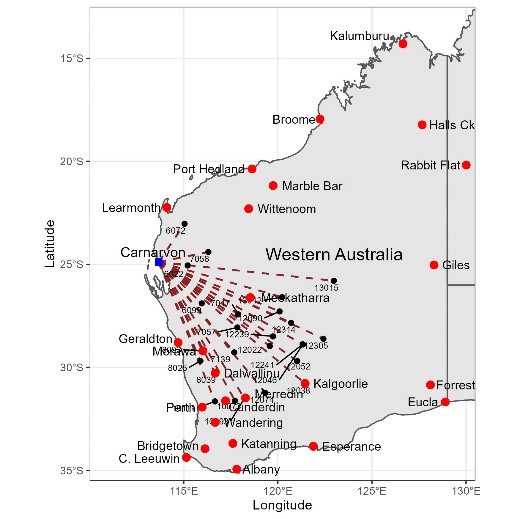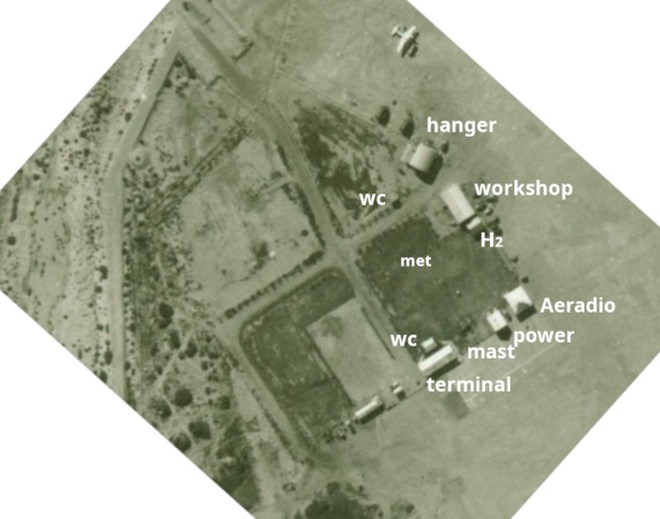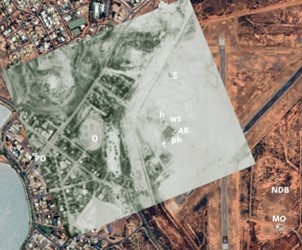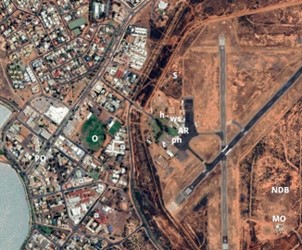Is homogenisation of Australian temperature data any good?
Part 5. Potshot and ACORN-SAT
Dr Bill Johnston
Former NSW Department of Natural Resources research scientist and weather observer.
Careful analysis using BomWatch protocols showed that ACORN-SAT failed in their aim to “produce a dataset which is more homogeneous for extremes as well as for means”. Their failure to adjust the data for a step-change in 2002 shows unequivocally that methodology developed by Blair Trewin lacks rigour, is unscientific and should be abandoned.
Read on …
Potshot was a top-secret long-shot – a WWII collaboration between the United States Navy, the Royal Australian Air Force and Australian Army, that aimed to deter invasion along the lightly defended north-west coast of Western Australia and take the fight to the home islands of Japan. It was also the staging point for the 27- to 33-hour Double-Sunrise Catalina flying-boat service to Ceylon (now Sri Lanka) that was vital for maintaining contact with London during the dark years of WWII. It was also the base for Operation Jaywick, the daring commando raid on Singapore Harbour by Z-Force commandos in September 1943.
The key element of Potshot was the stationing of USS Pelias in the Exmouth Gulf to provide sustainment to US submarines operating in waters to the north and west. To provide protection, the RAAF established No. 76 OBU (Operational Base Unit) at Potshot in 1943/44 and, at the conclusion of hostilities, OBU Potshot was developed as RAAF Base Learmonth, a ‘bare-base’ that can be activated as needed on short-notice. Meteorological observations commenced at the met-office in 1975. Learmonth is one of the 112 ACORN-SAT sites (Australian Climate Observations Reference Network – Surface Air Temperature) used to monitor Australia’s warming. Importantly, it is one of only three sites in the ACORN-SAT network where data has not been homogenised.
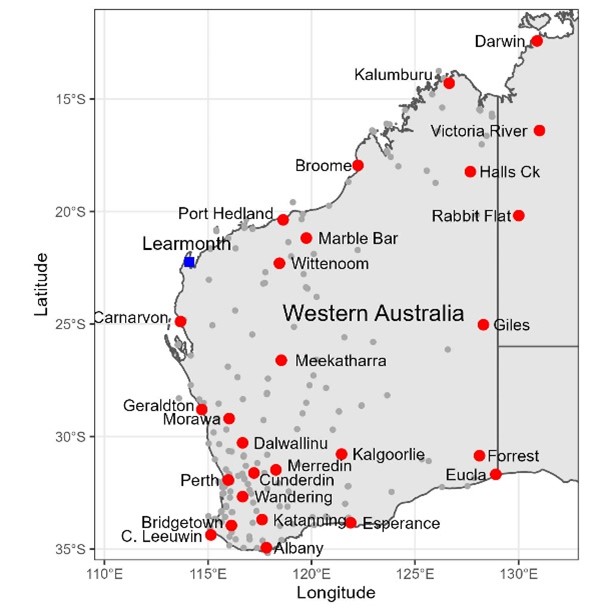
Potshot was the top-secret WWII base that transitioned to RAAF Base Learmonth at the conclusion of WWII.
- By not adjusting for the highly significant maximum temperature (Tmax) step-change in 2002 detected by BomWatch, ACORN-SAT failed its primary objective which is to “produce a dataset which is more homogeneous for extremes as well as for means”.
- Either Blair Trewin assumed the 12-year overlap would be sufficient to hide the effect of transitioning from the former 230-litre Stevenson screen to the current 60-litre one; or his statistical methods that relied on reference series were incapable of objectively detecting and adjusting changes in the data.
- In either case it is another body-blow to Trewin’s homogenisation approach. Conflating the up-step in Tmax caused by the automatic weather station and 60-litre screen with “the climate” and lack of validation within the ACORN-SAT project generally, unethically undermines the science on which global warming depends.
- Due to their much-reduced size, and lack of internal buffering, 60-litre Stevenson screens are especially sensitive to warm eddies that arise from surfaces, buildings etc. that are not representative of the airmass being monitored.
- Increased numbers of daily observations/year ≥95th day-of-year dataset percentiles relative to those ≤5th day-of-year percentiles, which explains the up-step, is a measurement issue, not a climatological one.
By omission in the case of Learmonth, as ACORN-SAT produces trends and changes in homogenised data that do not reflect the climate, the project and its peers including others run under the guise of the World Meteorological Organisation of which Trewin is a major player, should be abandoned.
Dr. Bill Johnston
12 January 2023
Two important links – find out more
First Link: The page you have just read is the basic cover story for the full paper. If you are stimulated to find out more, please link through to the full paper – a scientific Report in downloadable pdf format. This Report contains far more detail including photographs, diagrams, graphs and data and will make compelling reading for those truly interested in the issue.
Click here to download the full paper with photos graphs and data.
Second Link: This link will take you to a downloadable Excel spreadsheet containing a vast number of supporting data points for the Carnarvon paper.
Click here to download the Excel spreadsheet
Postscript
Dr Trewin and his peers, including those who verify models using ACORN-SAT data, scientists at the University of NSW including Sarah Perkins-Kilpatrick, those who subscribe to The Conversation or The Climate Council are welcome to fact-check or debate the outcome of our research in the open by commenting at www.bomwatch.com.au. The Datapack relating to the Potshot Report is available here Learmonth_DataPack
